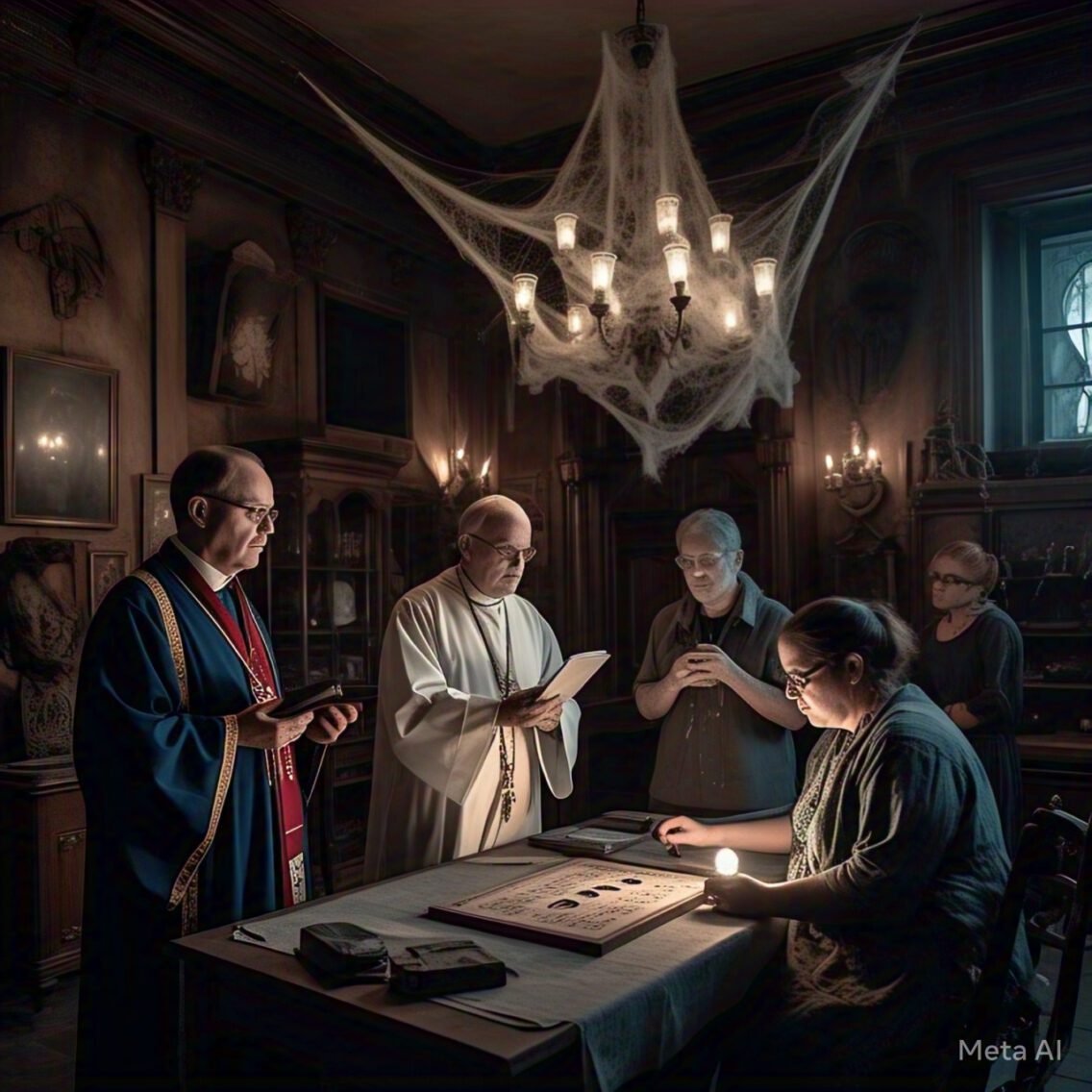How to Address Paranormal Activity: A Science-Backed Guide to Debunking Ghosts & Restoring Peace

Step 1: Rule Out Natural Explanations
Before assuming a supernatural cause, eliminate logical possibilities:
- Check for Environmental Factors:
- Infrasound: Low-frequency sound waves (below 20 Hz) from appliances, wind, or traffic can cause feelings of dread or “being watched.”
- Carbon Monoxide: This odorless gas can cause hallucinations, paranoia, and disorientation. Install a detector.
- Mold/Poor Air Quality: Toxins like black mold can affect mental clarity and physical health.
- Structural Issues:
- Settling foundations, pests, or plumbing can create noises (creaks, knocks, etc.).
- Faulty wiring may cause flickering lights or electromagnetic fields (EMFs), which some people report as “haunted” sensations.
Step 2: Document Experiences Objectively
If unexplained events persist:
- Keep a Log: Note dates, times, and specifics (e.g., “3:15 AM: Loud knock from north wall”).
- Use Technology:
- Set up cameras, audio recorders, or EMF meters to gather data.
- Review footage skeptically (most “ghost” videos are dust, insects, or lens flares).
Step 3: Cultural or Psychological Coping Methods
If the goal is to alleviate fear or anxiety (not “trap a ghost”), consider these culturally rooted practices:
A. Spiritual Cleansing (Non-Fictional)
Many cultures use rituals to restore peace of mind:
- Smudging: Burn sage, cedar, or sweetgrass (a practice in Indigenous traditions) to purify a space.
- Note: Focus on intention and mindfulness, not supernatural claims.
- Prayer or Meditation: Recite calming affirmations or prayers from your belief system.
- Salt Barriers: Sprinkling salt at doorways is a symbolic act of “protection” in many traditions.
B. Psychological Closure
If the phenomenon is tied to grief (e.g., loss of a loved one):
- Memorialize: Create a small shrine or write a letter to honor the deceased.
- Therapy: Speak to a counselor about unresolved grief or anxiety.
Step 4: Ethical Considerations
If you believe a location is spiritually significant:
- Respect the Space: Avoid antagonizing or “trapping” entities (many traditions warn against provoking spirits).
- Consult Cultural Experts: Reach out to clergy, elders, or cultural leaders familiar with the beliefs tied to the phenomenon.
Step 5: Scientific Consultation
For persistent distress:
- Mental Health Professional: Sleep paralysis, stress, or trauma can manifest as paranormal experiences.
- Electrician/Contractor: Inspect your home for environmental causes.
- Historian/Archivist: Research the property’s history to debunk myths (e.g., old pipes mistaken for “ghostly footsteps”).
Why “Ghost Trapping” Isn’t Realistic
- No Replicable Evidence: Despite centuries of claims, no ghost has been scientifically verified.
- Ethical Risks: Attempts to “trap” or antagonize could escalate fear or harm mental well-being.
- Cultural Sensitivity: Many traditions view spirits as ancestors or sacred beings deserving respect, not control.
Final Advice
Focus on practical solutions (environmental fixes, therapy, cultural rituals) rather than supernatural methods. If you feel unsafe, prioritize your well-being by relocating or seeking support.
For further reading, explore:
- Psychology of paranormal beliefs (The Believing Brain by Michael Shermer).
- Cultural anthropology of ghost stories (The Ghost: A Cultural History by Susan Owens).





